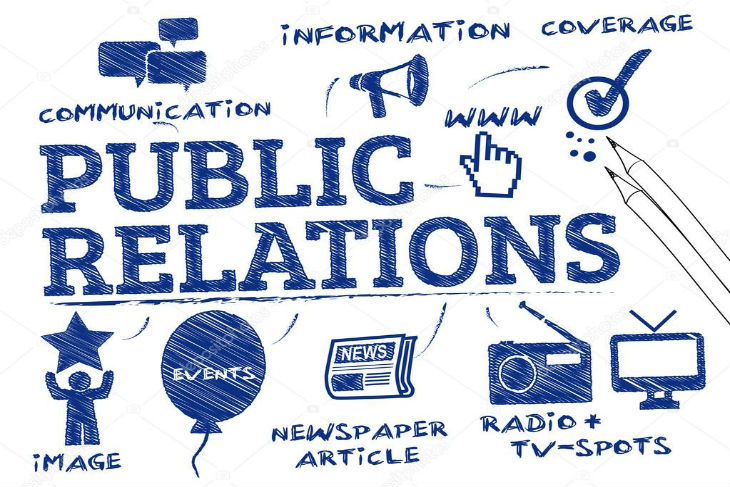Public relations (PR) is the practice of managing communication between an organization and its public. The publics includes customers, employees, investors, the media, and the general public. The goal of PR is to build positive relationships with these public and to influence their opinions and behaviors.
PR professionals use a variety of tools to achieve their goals, including media relations, crisis communications, event planning, and social media. They also work with other departments within an organization, such as marketing, sales, and human resources, to ensure that the organization’s messages are consistent and coordinated.
PR is an important part of any organization’s communication strategy. It can help to build brand awareness, generate leads, and improve employee morale. It can also help to manage crises and mitigate negative publicity.
Here is a more detailed overview of the different aspects of PR:
- Media relations: This is the process of building relationships with journalists and other media professionals. PR professionals pitch stories to the media, provide them with information, and respond to their inquiries.
- Crisis communications: This is the process of managing communication during a crisis. PR professionals work to protect the organization’s reputation and to minimize the negative impact of the crisis.
- Event planning: This is the process of planning and executing events that will help to achieve the organization’s PR goals. Events can be used to launch new products, raise awareness of a cause, or build relationships with key stakeholders.
- Social media: This is the use of social media platforms to communicate with the public. PR professionals use social media to share news, engage with customers, and build relationships.
PR is a complex and ever-changing field. But by understanding the basics of PR and the different tools that can be used, organizations can improve their communication with their publics and achieve their PR goals.
Here are some of the benefits of public relations:
- Increased brand awareness: PR can help to increase brand awareness by getting the organization’s name and message in front of a wider audience.
- Generate leads: PR can help to generate leads by positioning the organization as an expert in its field and by providing valuable information to potential customers.
- Improve employee morale: PR can help to improve employee morale by showing employees that the organization is committed to communicating with them and that it values their opinion.
- Manage crises: PR can help to manage crises by providing timely and accurate information to the public and by working to mitigate the negative impact of the crisis.
If you are considering using public relations, there are a few things you should keep in mind:
- Set clear goals: Before you start any PR campaign, it is important to set clear goals. What do you want to achieve with your PR efforts? Do you want to increase brand awareness, generate leads, or improve employee morale?
- Identify your target audience: Once you know your goals, you need to identify your target audience. Who are you trying to reach with your PR efforts?
- Develop a strategy: Once you know your goals and target audience, you need to develop a PR strategy. This will involve developing a message, creating content, and identifying the right channels to reach your target audience.
- Measure your results: It is important to measure the results of your PR efforts so that you can see what is working and what is not. There are a number of ways to measure PR results, such as tracking website traffic, social media engagement, and media coverage.
Public relations can be a valuable tool for any organization. By understanding the benefits of PR and the different tools that can be used, organizations can improve their communication with their publics and achieve their PR goals.






